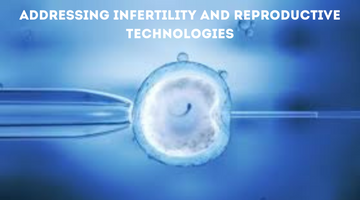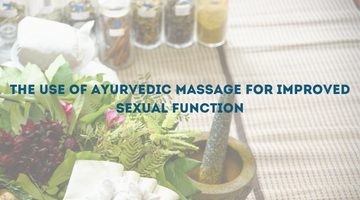
One of the first steps in addressing infertility is to identify the underlying cause. This may involve undergoing a physical examination, laboratory tests, or imaging studies to determine the reason for the infertility. In some cases, infertility may be due to physical conditions, such as blocked fallopian tubes, endometriosis, or sperm abnormalities. In other cases, infertility may be due to lifestyle factors, such as poor diet, lack of exercise, or exposure to environmental toxins.
Once the underlying cause of infertility has been identified, a treatment plan can be developed. This may involve making lifestyle changes, such as improving diet and exercise habits, to improve reproductive health. In some cases, medical treatments, such as medications or surgery, may be recommended to address physical conditions that are causing infertility.
For many couples, assisted reproductive technologies (ARTs) are the best option for overcoming infertility. ARTs are medical procedures that help people conceive a child by bringing sperm and eggs together outside of the body. ARTs include in vitro fertilization (IVF), intrauterine insemination (IUI), and gamete intrafallopian transfer (GIFT).
IVF is one of the most common ARTs and involves retrieving eggs from the woman's ovaries and fertilizing them with sperm in a laboratory. The fertilized eggs are then transferred back to the woman's uterus to establish a pregnancy. IVF is an effective treatment for infertility caused by physical conditions, such as blocked fallopian tubes, or lifestyle factors, such as poor sperm quality.
IUI is another common ART that involves injecting sperm directly into the woman's uterus. This procedure can be used to treat infertility caused by low sperm count or poor sperm motility. IUI is often used in combination with other treatments, such as medications or surgery, to improve the chances of success.
GIFT is a less commonly used ART that involves transferring eggs and sperm directly into the woman's fallopian tubes. This procedure is used in cases where the fallopian tubes are open and functioning normally, but the couple is still struggling to conceive.
In addition to ARTs, there are also other treatments available for infertility, including donor sperm and egg, surrogacy, and adoption. Donor sperm and egg involve using sperm or eggs from a donor to conceive a child, while surrogacy involves using another woman to carry a pregnancy to term. Adoption is another option for couples who are unable to conceive a child on their own.
While reproductive technologies can be very effective in helping couples overcome infertility, they are not without risks and drawbacks. For example, ARTs can be expensive, time-consuming, and emotionally draining. Additionally, ARTs do not guarantee a pregnancy and can result in multiple pregnancies, which can increase the risk of complications during pregnancy and childbirth.
Despite the risks and drawbacks, many couples find that the benefits of ARTs far outweigh the negatives. For example, ARTs can provide couples with the chance to start a family and experience the joy of parenting. Additionally, ARTs can provide couples with greater control over the timing and circumstances of their pregnancy and delivery.
In conclusion, infertility is a common issue that affects many couples who are trying to start a family. There are many effective treatments and reproductive technologies available to help couples overcome infertility, including assisted reproductive technologies, donor sperm and egg, surrogacy, and adoption. By seeking professional.




